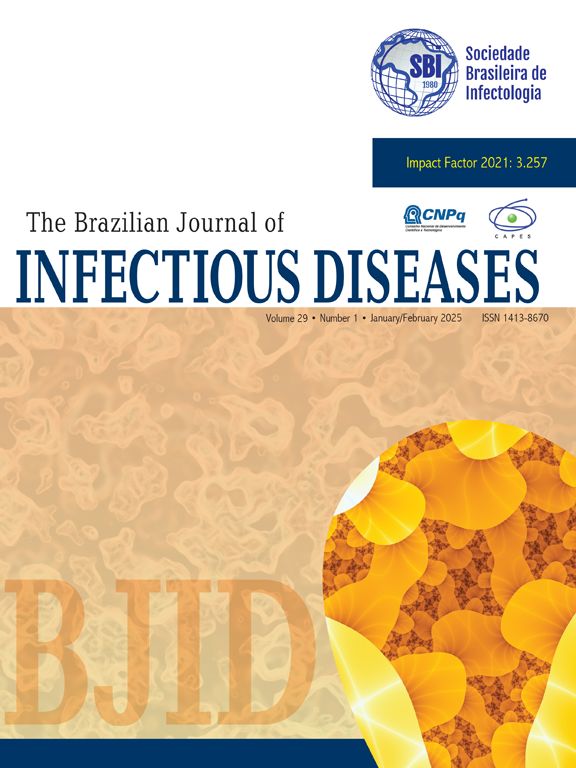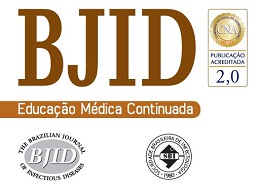Appropriate antimicrobial treatment of shigellosis depends on identifying its changing resistance pattern over time. We evaluated 15,255 stool culture submitted from July 2001 to June 2006 to the Laboratory of Children Medical Center Hospital. Specimen culture, bacterial identification, and disk diffusion susceptibility testing were performed according to National Committee for Clinical Laboratory Standards guidelines. From 15,255 stool samples, 682 (4.5%) were positive for Shigella species. The most common species of Shigella were S. flexneri (48%) and S. sonnei (45%); other results were S. dysenteriae (5%) and S. boydii (2%). The rate of Sensitivity to ceftriaxone (95%), ceftizoxime (94%), and nalidixic acid (84%) were among our isolates. Resistance to co-trimoxazole and ampicillin was 87% and 86%, respectively. S. flexneri was more multiresistant than other species (47.9%). Our isolates are overall most sensitive to ceftriaxone, ceftazidime, and nalidixic acid (> 84%). They were most resistant to co-trimoxazole and ampicillin (> 86%). Because resistance varies according to specific location, continuous local monitoring of resistance patterns is necessary for the appropriate selection of empirical antimicrobial therapy.
The Impact Factor measures the average number of citations received in a particular year by papers published in the journal during the two preceding years.
© Clarivate Analytics, Journal Citation Reports 2025
SRJ is a prestige metric based on the idea that not all citations are the same. SJR uses a similar algorithm as the Google page rank; it provides a quantitative and qualitative measure of the journal's impact.
See moreSNIP measures contextual citation impact by wighting citations based on the total number of citations in a subject field.
See more



